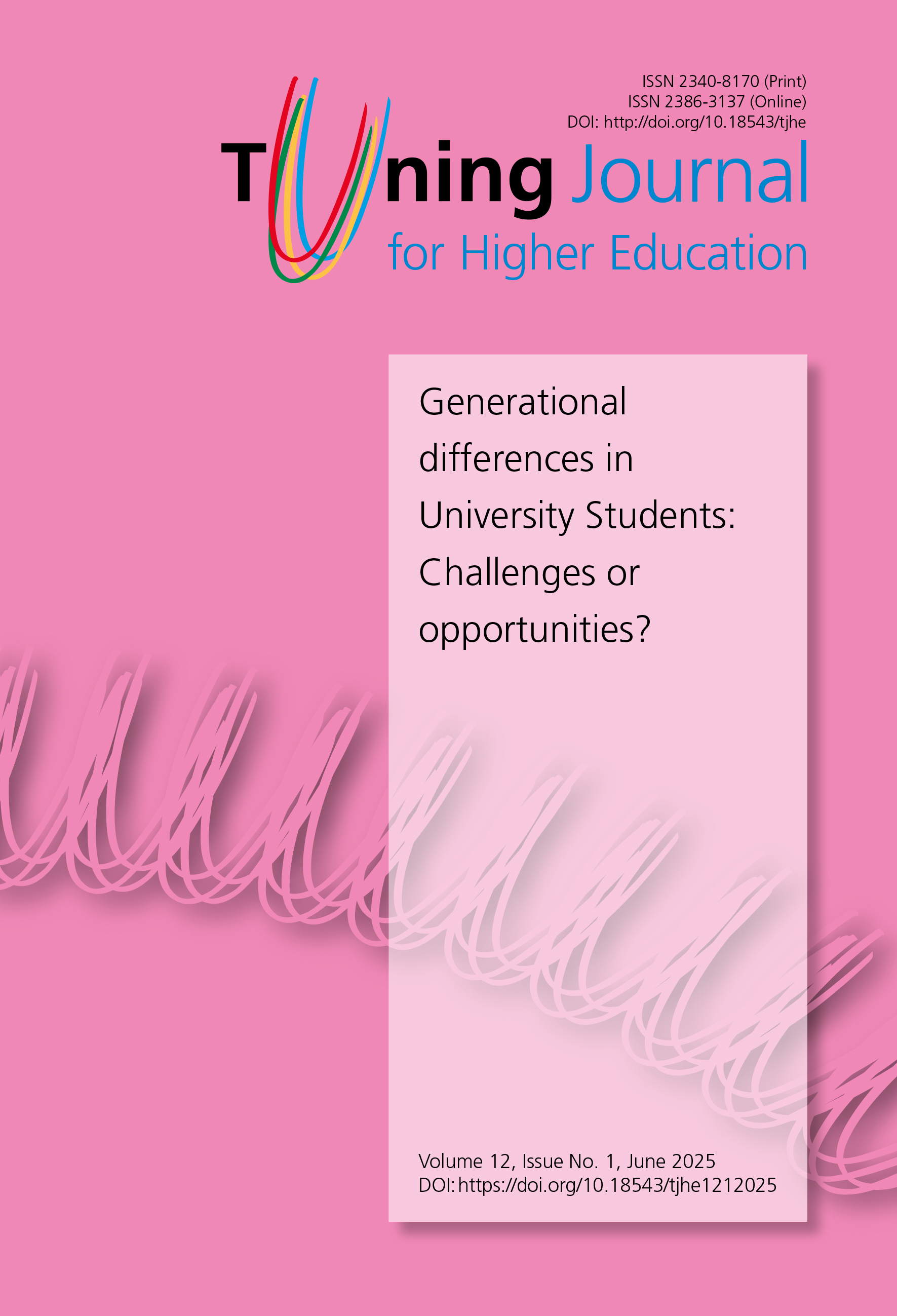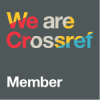Different university model approach in the field of earth sciences: ‘University of Geological Sciences’ in Uzbekistan
Abstract
The intellectual potential of a nation is a critical determinant of its human resource capabilities, with higher education serving as the foundation for cultivating such potential. Traditionally regarded as a public service, higher education has evolved in recent decades to incorporate diverse models that blend public and private sector roles. These models, including state-centered, research-oriented, and market-driven approaches, highlight the multifaceted nature of modern education systems. This study examines the University of Geological Sciences (UGS) in Uzbekistan, established in 2020, as a unique case within this framework. UGS was founded to address the country’s need for specialized expertise in geology and mining, sectors deemed pivotal for Uzbekistan’s economic growth and geopolitical positioning. By analyzing the university’s structure, objectives, and operational strategies, this paper evaluates how UGS aligns with global higher education trends while maintaining its state-centered foundations. The research explores the institution’s integration of theoretical and practical education, the role of research oriented initiatives, and its gradual engagement with market-driven imperatives. Furthermore, the study emphasizes UGS’s adaptability to global trends, including technological advancements, demographic changes, and international collaboration. These efforts position UGS as a potential global leader in earth sciences education. Ultimately, the paper underscores the importance of developing a hybrid educational model that balances state priorities with global competitiveness, ensuring that UGS fulfills its mission of advancing geological education and research in Uzbekistan and beyond.
Received: 21 May 2024
Accepted: 28 February 2025
Downloads
References
CIA 2024. “The World Factbook, Uzbekistan, 2024.” https://www.cia.gov/the-world-factbook/countries/uzbekistan/.
Cohen, Uri, and Sapir, Adi. 2016. “Models of academic governance during a period of nation building: The Hebrew University in 1920-1960s.” History of Education. 45(5): 602-620.
Doğramaci, İhsan. 2007. Higher education management in Turkey and in the world. Meteksan.
Ekinci, Ergin C., Anasız, Burcu T., Püsküllüoğlu, Elif I., et al. 2018. “Higher Education Models and Evaluation of Türkiye Higher Education Model.” International Journal of Scientific Research (IBAD) 3: 778–791. https://doi.org/10.21733/ibad.464288.
Fındıklı, Burhan. 2017. “Exploring higher education govarnance: Analytical models and heuristic frameworks.” Journal of Higher Education and Science. (2): 392-402.
Gürüz, Kemal. 2003. Higher Education in the World and in Turkey (History and Present Management Systems). ÖSYM Publications.
International Energy Agency (IEA) 2022. “Uzbekistan 2022 Energy Policy Review, IEA Energy Policy Reviews.” OECD Publishing. https://doi.org/10.1787/be7a357c-en.
Karimov, Islam. 2015. “Serving in the path of happiness, luck and great future of our motherland is the highest happiness.” Uzbekistan Publishing House. https://uza. uz/en/posts/islam-karimov-addresses-with-congratulatory-speech-at-indepe-02-09-2015.
Lang, Daniel. 2015. “Clark’s Triangle and Fiscal Incentives: Implications for Colleges.” College Quarterly 18 (3): 1–17. https://files.eric.ed.gov/fulltext/EJ1087344.pdf.
Meray, Seha L. 1971. “University concepts and models.” Ankara University Journal of SBF. (26): 13-66. https://doi.org/10.1501/SBFder_0000001195.
Muller, Steven. 1985. Wilhelm von Humboldt and the university in the United States. Johns Hopkins APL Technical Digest. (6): 253-256. https://secwww.jhuapl.edu/techdigest/Content/techdigest/pdf/V06-N03/06-03-Muller.pdf.
Nuclear Energy Agency (NEA) 2022. “Uranium 2022: Resources, Production and Demand, A Joint Report by the Nuclear Energy Agency and the International Atomic Energy Agency.” NEA No. 7634.
Official Gazette. 1997. Law of the Republic of Uzbekistan On Education. https://lex.uz/docs/15622.
Official Gazette. 2020. Decision of the President of the Republic of Uzbekistan. numbered PP-4740. https://lex.uz/docs/-4849613.
Official Gazette. 2020. Decision of the President of the Republic of Uzbekistan. numbered PP-4805. https://cis-legislation.com/document.fwx?rgn=127216.
US Geological Survey. 2022. Mineral commodity summaries 2022. US Geological Survey. https://doi.org/10.3133/mcs2022.
US Geological Survey. 2023. 2020–2021 Minerals Yearbook – Uzbekistan (Advanced Release). US Geological Survey. https://pubs.usgs.gov/myb/vol3/2020-21/myb3-2020-21-uzbekistan.pdf.
Copyright (c) 2025 University of Deusto

This work is licensed under a Creative Commons Attribution-NonCommercial 4.0 International License.
Authors are required to sign and submit a copyright transfer agreement after acceptance but before publication of their manuscript. To that effect, they receive, from the Managing Editor of Tuning Journal for Higher Education, a standard copyright assignment form designed along the following lines:
1. Authorship:
The author who signs the copyright transfer agreement must be the sole creator of the work or legally acting on behalf of and with the full agreement of all the contributing authors.
2. Copyright and Code of conduct:
a) Authors warrant that their work is original; has not been previously copyrighted or published in any form; is not under consideration for publication elsewhere; its submission and publication do not violate TJHE Ethical Guidelines for Publication and any codes (of conduct), privacy and confidentiality agreements, laws or any rights of any third party; and no publication payment by the Publisher (University of Deusto) is required.
b) Authors are solely liable for the consequences that may arise from third parties’ complaints about the submitted manuscript and its publication in Tuning Journal for Higher Education (TJHE).
c) Authors grant to the Publisher the worldwide, sub-licensable, and royalty-free right to exploit the work in all forms and media of expression, now known or developed in the future, for educational and scholarly purposes.
d) Authors retain the right to archive, present, display, distribute, develop, and republish their work (publisher's version) to progress their scientific career provided the original publication source (Tuning Journal) is acknowledged properly and in a way that does not suggest the Publisher endorses them or their use of the wortk.
e) Authors warrant that no permissions or licences of any kind will be granted that might infringe the rights granted to the Publisher.
3. Users:
Tuning Journal for Higher Education is an Open Access publication. Its content is free for full and immediate access, reading, search, download, distribution and reuse in any medium or format only for non-commercial purposes and in compliance with any applicable copyright legislation, without prior permission from the Publisher or the author(s). In any case, proper acknowledgement of the original publication source must be made and any changes to the original work must be indicated clearly and in a manner that does not suggest the author’s and or Publisher’s endorsement whatsoever. Any other use of its content in any medium or format, now known or developed in the future, requires prior written permission of the copyright holder.


1.jpg)
1.jpg)
.jpg)
1.jpg)
.jpg)
.jpg)









